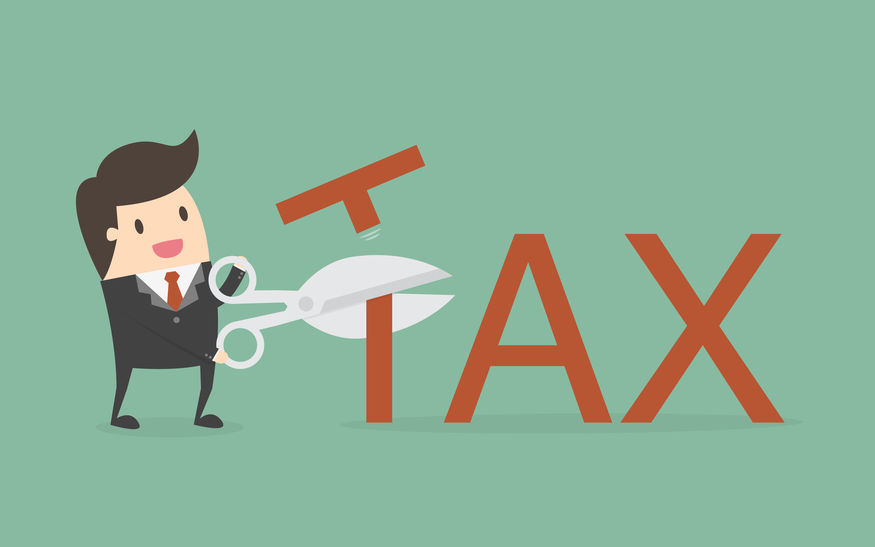A new and important provision in the Tax Cut and Jobs Act (TCJA), enacted in December of 2017, is Section 199A, which allows deductions for qualified business income (QBI). This post is part one of a three-part series and addresses what QBI is, who may claim QBI deductions, how they may claim such deductions, and how to calculate the deduction for taxpayers below the lower threshold.
Who Qualifies for the Qualified Business Income Deduction?
The QBI deduction allows for a deduction of up to 20% of QBI from partnerships, limited liability companies (LLCs), S corporations, trusts, estates, and sole proprietorships that have the business included in the individual’s income. QBI deductions are not available to owners of C corporations. This deduction is on a noncorporate owner’s share of an entity’s QBI after business deductions.
The deduction provides a significant tax benefit to noncorporate businesses as a way of leveling the playing field since C corporations received a sizable tax rate cut—from a maximum graduated rate of 35% to a flat rate of 21%.
How is Qualified Business Income Deduction Calculated?
QBI is determined separately for each of a taxpayer’s qualified businesses. QBI is the net amount of items of income, gain, deduction, and loss. Qualified items of income, gain, deduction, and loss include such items that are effectively connected with the conduct of a U.S. trade or business and are included in determining the business’s taxable income for the tax year. The deduction can be claimed in the same way as an allowable itemized deduction and is limited to 20% of the taxpayer’s taxable income in excess of any net capital gains. Further, the salary of an S-corporation owner and the guaranteed payments of dividends to a partnership owner are not qualified as business income. If an owner is claiming multiple QBI deductions and they equal a net loss, they will have no deductions and can carry forward the loss.
The calculation of a taxpayer’s QBI deduction depends on whether the taxpayer’s taxable income is (1) below a lower taxable income threshold ($157,500 for individual or $315,000 if filing a joint return), (2) above a higher taxable income threshold ($207,500 for individuals or 415,000 if filing a joint return), or (3) between the lower and higher taxable income thresholds.
In this post, we will only calculate QBI deductions for those taxpayers below the lower threshold. For an explanation on how to calculate QBI for taxpayers above the higher threshold, see part two of this series. Lastly, part three explains the calculations for taxpayers falling between the thresholds.
If a taxpayer has income below the lower threshold, then the taxpayer first (1) calculates the deductible QBI amount for each qualified business (20% of the total QBI) and (2) combines the deductible QBI amounts to determine the combined QBI amount. The taxpayer then applies the overall taxable income limitation to the combined QBI. Thus, the taxpayer’s deduction is equal to the lesser of (1) the combined QBI amount or (2) the overall limitation (20% of taxpayer’s taxable income in excess of any net capital gains).
Example: Husband and wife file a joint tax return on which they report taxable income of $310,000. $10,000 is net capital gain and $280,000 is net income from husband’s interest in an S corporation. Their combined QBI is $56,000, which is 20% of $280,000. Then, husband and wife must apply the overall limitation of 20% of their taxable income less any net capital gains (20% x [$310,000 – $10,000] = $60,000). Since $56,000 is less than $60,000, husband and wife’s QBI deduction is $56,000.
All taxpayers with a taxable income below the lower threshold and QBI, can claim QBI deductions regardless of the type of business. The next post in this series will explain how to calculate the deduction for taxpayers above the higher taxable income threshold, and how being above that threshold affects service businesses.


